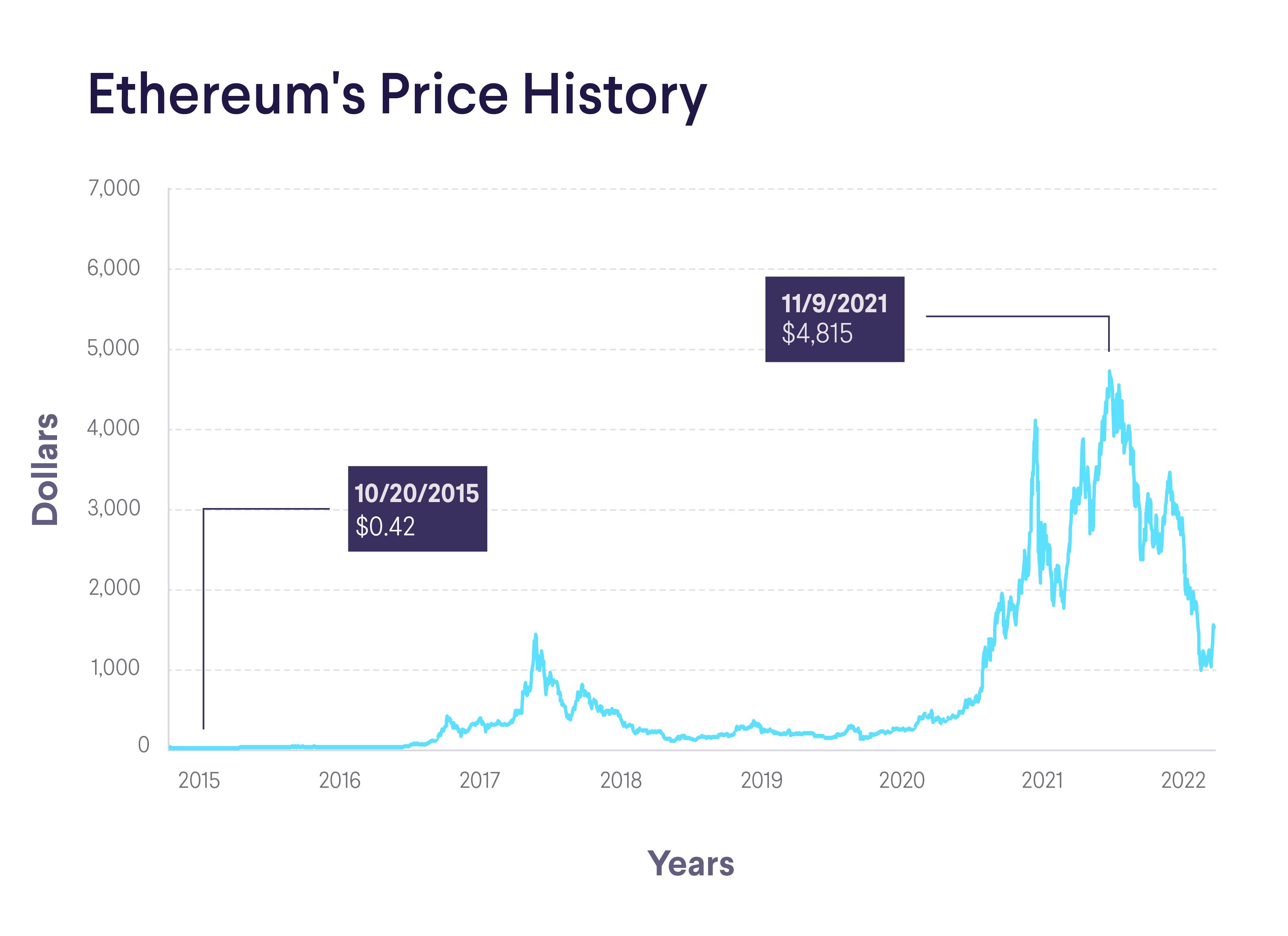Guide to Crypto Collectibles
Crypto collectibles comprise the world of digital media that can be purchased, authenticated, and stored on blockchain networks. They’re similar to traditional collectibles — think baseball cards, Beanie Babies, artworks, and more — but they have no physical presence. They’re only digital.
Crypto collectibles take the form of non-fungible tokens, or NFTs, among other digital assets. That means that they’re one-of-a-kind. There aren’t any copies of them, which is the case with cryptocurrencies (which are considered fungible).
What Are Crypto Collectibles?
A crypto collectible is a digital asset that is created, encrypted, and stored on a blockchain. But there are distinct differences between a crypto collectible and a cryptocurrency: Crypto collectibles are non-fungible (crypto collectible and NFT can be synonymous, in most cases) and unique.
By contrast, all the different types of crypto are fungible: e.g. you can trade one Bitcoin for any other Bitcoin, it doesn’t matter — they are functionally the same.
The fact that crypto collectibles are non-fungible also means that they’re scarce, and scarcity gives them value — or perceived value — in the marketplace. Again, you can think of crypto collectibles as similar to baseball cards in the physical world. If you have a very rare baseball card (e.g. a Babe Ruth rookie card), it may carry a lot of value, because many baseball card collectors are willing to pay top dollar to get it.
Again, too, crypto collectibles are authenticated on blockchain networks, so that there’s a clear record of ownership and transactions related to any given collectible. They’re generally stored in a digital wallet, which is also how cryptocurrency works. In terms of the most common forms of crypto collectibles, it’s probably NFTs.
NFTs: Overview
As discussed, NFTs are non-fungible tokens are cryptographic digital assets that have uniquely identifiable metadata and codes, which are stored on the blockchain, ensuring that the NFT can’t be replicated or forged.
💡 Read more about what, exactly, NFTs are.
The tokens act as a representation of either digital or tangible items. For instance, one could create NFTs that stand for digital artwork, virtual real estate in a game, collectible Pokemon cards, or even someone’s personal identification information.
NFTs can take other forms as well, such as NFT music, which is exactly what it sounds like: A non-replicable audio track, stored on a blockchain network.
A lot of things can potentially be tokenized, in fact, like the first-ever tweet from Jack Dorsey, Twitter’s then-CEO.
While NFTs can, do, take numerous forms, the most important thing for most people in the crypto space to know about them is that they’re one-of-a-kind, and such, rare. That rarity is what gives them value.
How Do Crypto Collectibles Work?
Crypto collectibles such as NFTs function as assets. They can be collected, stored, or traded on marketplaces in exchange for cryptocurrencies or fiat currency, like USD (although there are some hoops to jump through before getting your hands on cash).
For instance, if you plan on selling NFTs to generate cash, you may need to go through the process of creating, or minting them to ensure you have ownership. You’d then need to determine the best marketplace to use to list and sell them. From there, you’d likely be trading your NFTs for another type of cryptocurrency, which you might then need to exchange for USD.
It’s important to keep the entire goal of NFTs in mind: To digitize, and thus lock in the value of an item, and make it relatively easy to trade, buy, or sell. When discussing NFTs and crypto collectibles, monetization and the ability to trade is really what most actors in the space are interested in, and what has helped fuel interest in the NFT ecosystem in recent years.
Where to Buy and Sell Crypto Collectibles?
Crypto collectibles, such as NFTs, can be purchased on digital exchanges and marketplaces. There are many out there, including OpenSea and Rarible, which allow users to make an account, attach their digital wallets, and start buying and selling NFTs. Users on many of these platforms can also create crypto collectibles or mint their own NFTs (read more about what NFT minting is, and how it works).
But usually, buying and selling collectibles is as simple as signing up for an account with a marketplace, funding that account, and then making trades.
5 Top-Selling Crypto Collectibles
There are thousands, if not millions of types of crypto collectibles and NFTs on the market. Here are some of the most expensive crypto collectibles:
1. EVERYDAYS: THE FIRST 5000 DAYS
The most expensive NFT or crypto collectible ever sold (so far) is a piece of digital artwork called “EVERYDAYS: THE FIRST 5000 DAYS” by the artist Mike Winkelmann (also known as “Beeple). The NFT sold for $69.3 million at auction by Christie’s in 2021, and is a collage of Beeple’s earlier work. It was purchased by an NFT investor named Metakovan.
2. Clock
It has a simple name, and it’s a simple NFT. “Clock” is an image that displays the number of days since Julian Assange, the founder of Wikileaks, was sent to prison. The NFT itself sold for $52.7 million in 2022. It was created by an artist named Pak, and the funds received from the NFT’s sale went toward Assange’s legal defense.
3. HUMAN ONE
“Beeple” strikes again — one of his other artworks, “HUMAN ONE” is more than just an NFT. It’s actually a physical sculpture that comes with an NFT, too. So, it’s a sort of hybrid traversing the physical and digital, and it sold for $29 million in 2021.
4. CryptoPunk #5822
CryptoPunk #5822 is a part of the CryptoPunk NFT series, and many have sold for high dollar amounts. This one, specifically, sold for $23.7 million in early 2022, and was purchased by Deepak Thapliyal, who is the CEO of a Chinese blockchain company. This particular CryptoPunk depicts an “alien” avatar, which is the rarest type in the whole collection.
5. CryptoPunk #7523
Yet another part of the CryptoPunk collection, CryptoPunk #7523 sold for $11.8 million in 2021. It was purchased by Shalon Meckenzie, who is most notable for being the largest shareholder in DraftKings (a sports betting company), who says he bought it because this CryptoPunk, like #5822, is of the rare “alien” type.
How Crypto Collectibles Are Valued
When buying and selling cryptocurrency, the value of different coins depends on a variety of market factors, including demand — but sometimes broader economic issues or challenges in the crypto space. It’s similar with crypto collectibles, but with a twist.
A number of different factors can play into the value of these digital asset. But owing to the fact that crypto collectibles are one-of-a-kind, collectors or investors may be willing to pay more to get them. As a result, their value can increase. If there are no bidders or potential buyers, their value falls.
Pros and Cons of Crypto Collectibles as Investments
As with any investment, crypto collectibles have their pros and cons. That’s important to note before you start buying and selling cryptocurrency.
Some of the pros include the fact that NFTs have a clear record of ownership and transaction data, they’re potentially a high-growth asset, and they can be used as a tool for diversification in an investor’s portfolio.
Some even offer additional perks, such as access to exclusive groups or events, or even have a physical element associated with them, such as Beeple’s “HUMAN ONE,” mentioned above.
But the potential cons are hard to ignore. Above all else, NFTs and numerous different types of cryptocurrency are speculative investments — they are highly volatile, and there are no guarantees that investors will see a return. Further, they can lack the liquidity that other assets have (such as stocks), and there’s a lack of historical data to research for investors.
And one other important thing to keep in mind is that the crypto ecosystem is still rife with scams and fraud. So, be careful before making any big-money moves.
The Takeaway
Crypto collectibles comprise NFTs and the entire world of non-fungible digital assets. They can be bought, sold, and otherwise traded on exchanges and digital marketplaces, and their values are largely determined by the overall market. In other words, a crypto collectible’s value can be as much or as little as someone is willing to pay for it.
FAQ
Are crypto collectibles a type of NFT?
It’s more accurate to say that NFTs are a type of crypto collectible. In fact, they’re the main type — NFTs are digitized tokens of items that are then bought and sold in the cryptocurrency ecosystem, although they’re not cryptocurrencies themselves.
How much can crypto collectibles sell for?
Theoretically, there’s no limit to what a crypto collectible could sell for. Collectibles trade on the open market, and their value is thus determined by the market. They can sell for as much as an investor or collector is willing to pay for them. In some cases, crypto collectibles have fetched tens of millions of dollars.
Photo credit: iStock/AntonioSolano
Crypto: Bitcoin and other cryptocurrencies aren’t endorsed or guaranteed by any government, are volatile, and involve a high degree of risk. Consumer protection and securities laws don’t regulate cryptocurrencies to the same degree as traditional brokerage and investment products. Research and knowledge are essential prerequisites before engaging with any cryptocurrency. US regulators, including FINRA , the SEC , and the CFPB , have issued public advisories concerning digital asset risk. Cryptocurrency purchases should not be made with funds drawn from financial products including student loans, personal loans, mortgage refinancing, savings, retirement funds or traditional investments. Limitations apply to trading certain crypto assets and may not be available to residents of all states.
INVESTMENTS ARE NOT FDIC INSURED • ARE NOT BANK GUARANTEED • MAY LOSE VALUE
SoFi Invest®
1) Automated Investing and advisory services are provided by SoFi Wealth LLC, an SEC-registered investment adviser (“SoFi Wealth“). Brokerage services are provided to SoFi Wealth LLC by SoFi Securities LLC.
2) Active Investing and brokerage services are provided by SoFi Securities LLC, Member FINRA (www.finra.org)/SIPC(www.sipc.org). Clearing and custody of all securities are provided by APEX Clearing Corporation.
For additional disclosures related to the SoFi Invest platforms described above please visit SoFi.com/legal.
Neither the Investment Advisor Representatives of SoFi Wealth, nor the Registered Representatives of SoFi Securities are compensated for the sale of any product or service sold through any SoFi Invest platform.
2Terms and conditions apply. Earn a bonus (as described below) when you open a new SoFi Digital Assets LLC account and buy at least $50 worth of any cryptocurrency within 7 days. The offer only applies to new crypto accounts, is limited to one per person, and expires on December 31, 2023. Once conditions are met and the account is opened, you will receive your bonus within 7 days. SoFi reserves the right to change or terminate the offer at any time without notice.
First Trade Amount
Bonus Payout
Low
High
$50
$99.99
$10
$100
$499.99
$15
$500
$4,999.99
$50
$5,000+
$100
SOIN0221033





